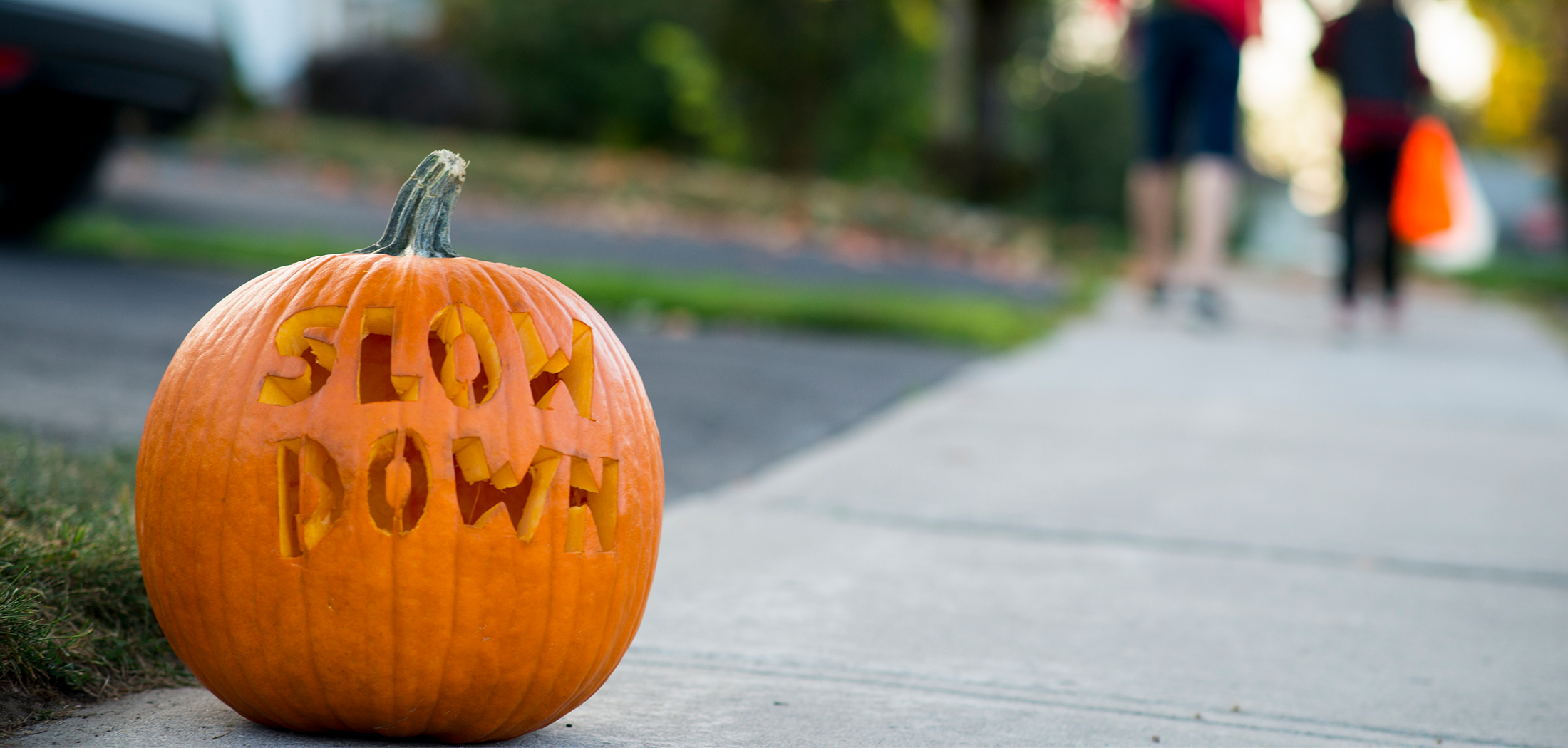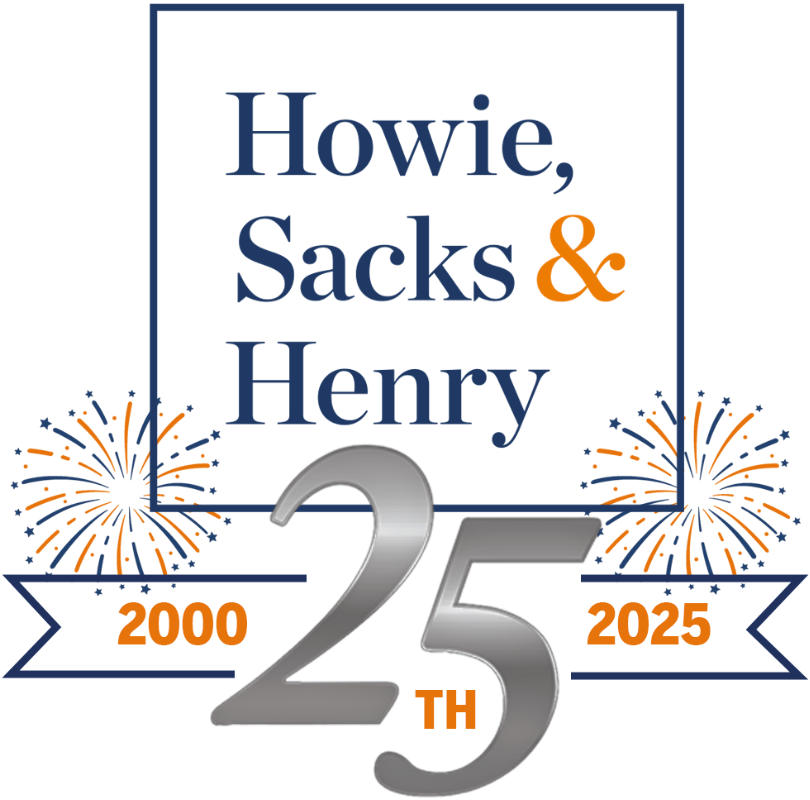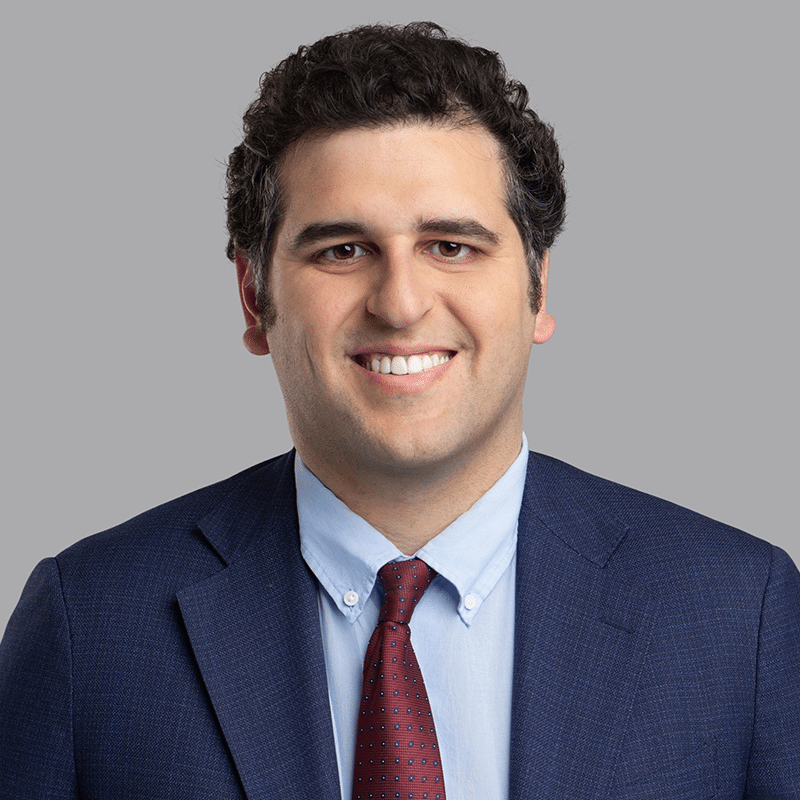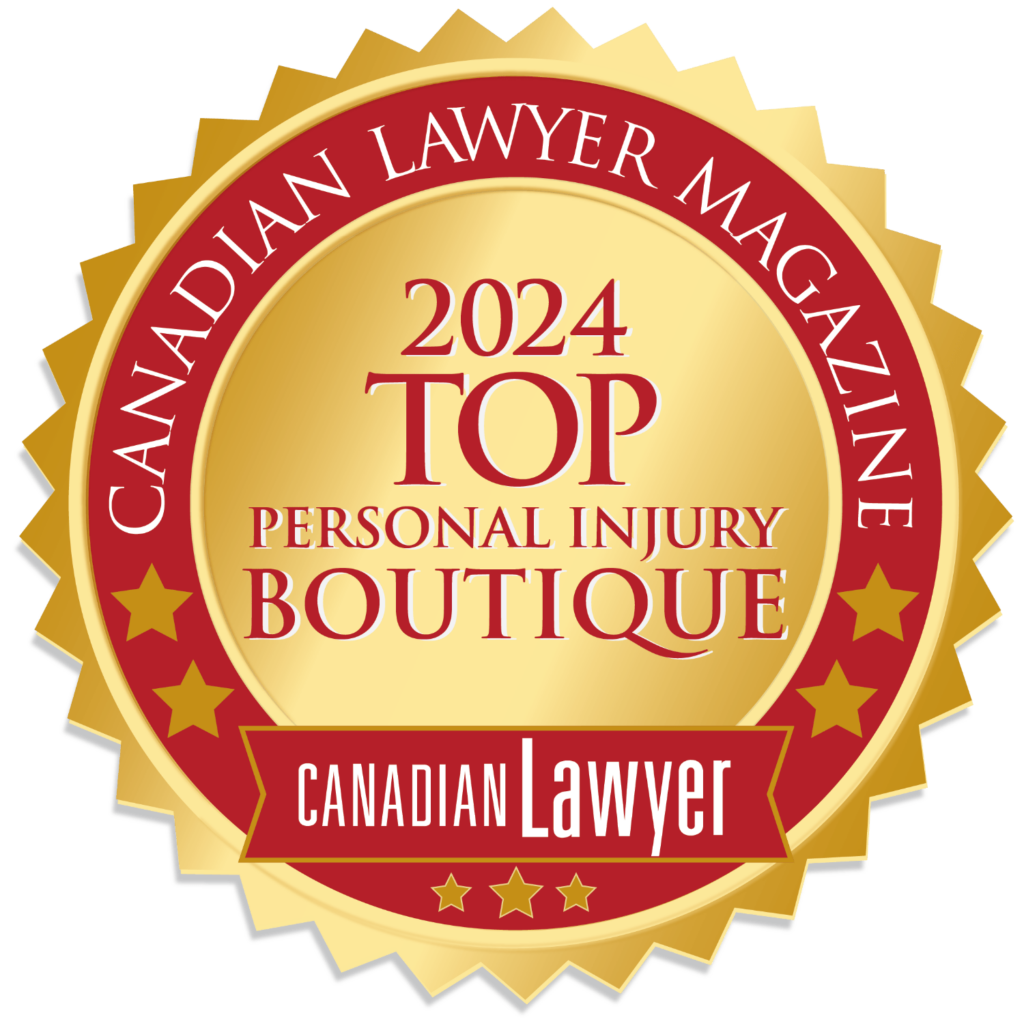
On October 31 you’re likely to see your fair share of ghosts, ghouls, vampires, werewolves, zombies, and witches. But, the scariest sight on Halloween is undoubtedly the inside of a hospital emergency room.
Unfortunately, there is often an increase in the number of personal injuries on and around Halloween night – particularly among children. For example, studies have found a 43 per cent higher risk of pedestrian deaths on Halloween night compared to other nights in late October and early November. Kids between the ages of four to eight were most at risk. Halloween has been ranked among the top holidays associated with personal injuries related to children.
In this blog post, I outline ways you can help your young loved ones stay safe and enjoy only fun scares on Halloween. I also explain how homeowners and renters can ensure their properties are kept reasonably safe, whether or not they plan to hand out treats this year.
What are the most common injuries related to Halloween?
Believe it or not, one of the most frequent Halloween injuries usually happens before costumes are put on and kids start trick-or-treating.
Lacerations (cuts) from pumpkin carving mishaps provide a steady stream of emergency room visits leading up to Hallowe’een night. The U.S Consumer Product Safety Commission reported that more than half (55%) of the roughly 3,200 Halloween-related hospital visits were due to pumpkin carving. One Mayo Clinic orthopedic hand and wrist surgeon reported that one-third of Halloween hand injuries happen to youth between the ages of 10-14, and the vast majority relate to pumpkin carving.
Other frequent accidents and injuries in this spooky season include:
- Pedestrians being hit by cars or run over
- Alcohol-related injuries (car accidents, falls and fights)
- Severe allergic reactions to candy, treats, and certain costume materials (such as face paint and contact lenses)
- Burns from open flames (candles in pumpkins, torches and fire pits)
- Slips and trips during trick or treating (often due to poorly lit areas, masks that obscure sight, and materials hanging from costumes)
- Eye pokes from pointy Halloween props
- Eye injuries from being hit by raw eggs (‘egging’)
- Falls while putting up decorations
- Injuries sustained inside Haunted Houses or while on Haunted Walks (both on the part of visitors and workers who may slip, fall, or even suffer blunt force trauma from being hit by a visitor who is startled)
- Slips, trips and falls in corn mazes and from hayrides
Halloween personal safety tips
You can’t always control your surroundings or the actions of other people at Halloween parties or while trick or treating, but you can take some important steps to help keep yourself safe.
- Allow only adults to carve pumpkins. Children can draw jack-o-lantern faces with markers on pumpkins as an alternative.
- Choose the right kind of costume. Costumes should be properly sized, made from fire retardant materials, and be bright/visible/reflective (glow sticks can be added to darker costumes). Avoid costumes with long capes, floor length material, or ones that include dangling objects
- Use flexible accessories and props.
- Avoid masks whenever possible in favour of face paint (provided it’s non-toxic and spot tested before full application to ensure there is no allergic reaction).
- Do not use colour-changing contact lenses.
- Carry flashlights for low-light areas.
- Plan your trick-or-treat route and, when possible, limit trick-or-treating to your neighbourhood or other familiar places.
- Ensure one or more adults supervise young trick-or-treaters and that older children travel in groups or with a buddy. Ensure everyone knows their curfew.
- Advise children to be aware of their surroundings.
- Stay on well-lit sidewalks and front walkways whenever possible. Be alert and look both ways when crossing the street. Try to make eye contact with any nearby drivers when crossing so you know they’ve spotted you.
- Avoid being near parked cars when crossing the street.
- Do not permit children to enter a home – insist that they go no further than the doorstep when trick-or-treating
- Allow children to eat treats only after an adult has inspected them. Unless homemade treats are given out by an identifiable person whom you know well and trust, keep only treats that are properly packaged.
- Ensure any toys or treats are not choking hazards for children.
- If attending a Halloween party, ensure you have a designated driver or alternative transportation home if you choose to drink and/or consume drugs.
Help others stay safe
Keeping yourself and your loved ones safe on Halloween is not the end of your responsibility – especially if you are out driving on Halloween night or if you own, rent or are otherwise responsible for a property.
Drivers
Halloween is, by far, the worst night of the year for pedestrian accidents involving children. Even the most cautious, careful and defensive driver should be aware that a huge number of excited young people will be out on the streets and possibly distracted by all that is going on around them.
If possible, avoid driving during prime trick-or-treating hours. If you must be on the road, travel at slower speeds than you normally would in residential neighbourhoods. The likelihood of a pedestrian accident resulting in severe injury or death is greatly reduced when a vehicle is travelling at lower speeds.
Scan your surroundings frequently while driving and don’t assume that a pedestrian would behave as expected on other nights of the year.
Property owners and renters
Whether you plan to participate in Halloween activities or not, if you are responsible for a property, you owe a duty of care to people who visit it – whether they are explicitly invited or not. According to Ontario’s Occupiers’ Liability Act, you must keep people who come onto your property reasonably safe from dangers caused by the condition of the premises or activities occurring on the premises.
Depending on why a person is on the property, the standard of care will vary, however. Were they invited or did they have a valid reason for being there? Or, were they entering with the intent to commit a criminal act or otherwise trespassing? If it’s either of the latter reasons, the person would be deemed to have willingly assumed all risks. In these cases, the occupier would only be held liable if they deliberately intended to cause damage or harm to a person, or acted with reckless disregard.
On Halloween, having your porchlight turned on between regular trick or treating hours is generally considered an invitation to come to your door.[1] Whether or not you anticipate trick-or-treaters, if anyone walking on your property sustains an injury, you may be held partially or wholly liable for damages if your negligent actions or inaction caused or contributed to their accident.
To keep visitors safe (and limit your liability), here are some tips:
- Survey your property for any major hazards. If you can’t fix them immediately, clearly mark them off to prevent anyone from getting close to them.
- Keep animals well away from where trick-or-treaters will be.
- If you plan to hand out treats, illuminate the path to your door so people have better visibility.
- Avoid using candles, matches or lighters and never leave a flame unattended.
- Ensure all decorative lights work properly and extension cords are not overloaded.
- If your decorations include fog machines, keep them away from areas where people will be walking.
- In the event you plan to include a legitimate scare in your decorations (surprise sounds or movement from an animatronic or living person), carefully consider whether a visitor could injure themselves if they were jolted, fell, or ran in fear.
What should you do if there’s a serious injury?
In the event you or a loved one is injured during Halloween celebrations, your top priority must always be seeking prompt medical care. If you are able, take photos or video of the scene of the accident and collect the contact information of witnesses. This evidence can be helpful if you make a civil claim for damages against a person who may be partially or wholly liable for the accident.
It’s always advisable to contact an experienced and knowledgeable personal injury lawyer. At Howie, Sacks & Henry LLP, we provide no cost, no obligation initial consultations in which we listen to your story and provide information about your rights and options. If we believe we can help you obtain compensation for the harm you’ve experienced, we will gladly offer to become your legal representative and advocate.
For most people, Halloween will be a night filled with having fun with friends, getting a sugar rush from treats, and maybe even playing or falling for some tricks. But if you or a loved one has the misfortune of having to deal with the frightening fallout from a preventable personal injury, contact us. Helping you begin your recovery is why at HSH we say “Hope Starts Here.”






